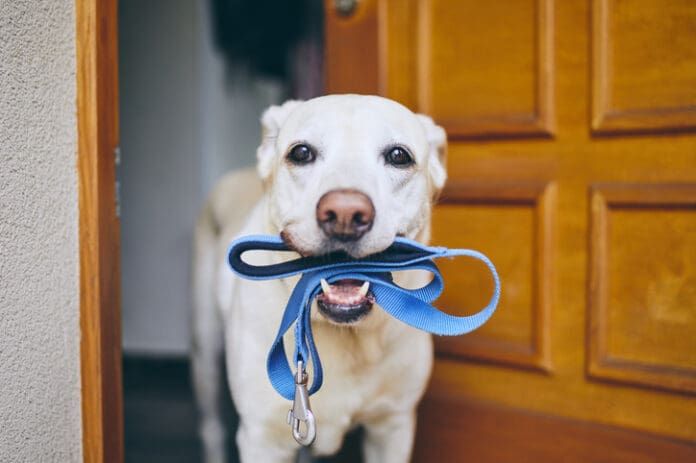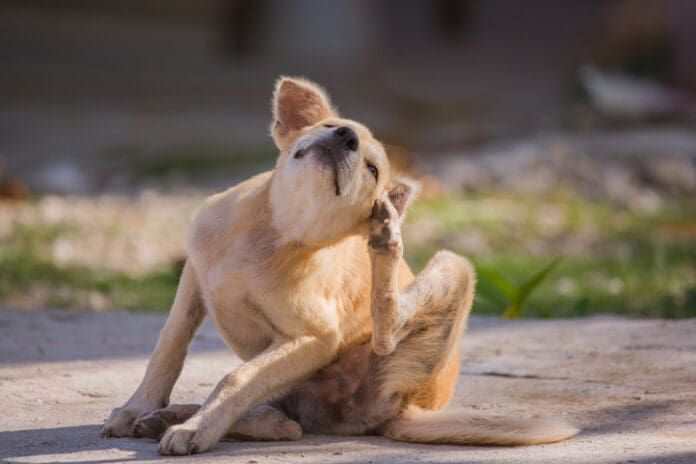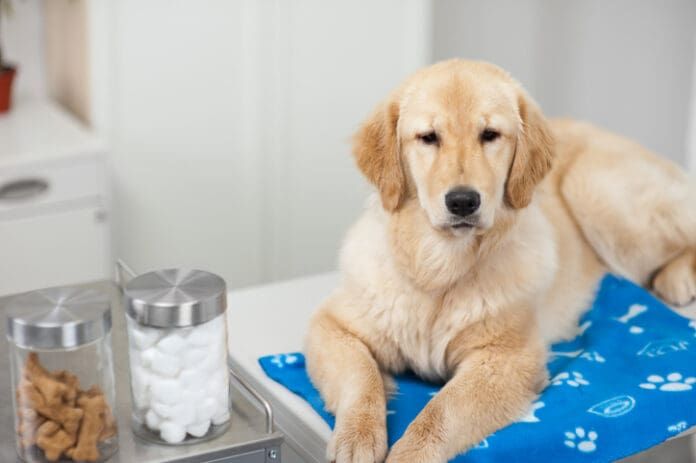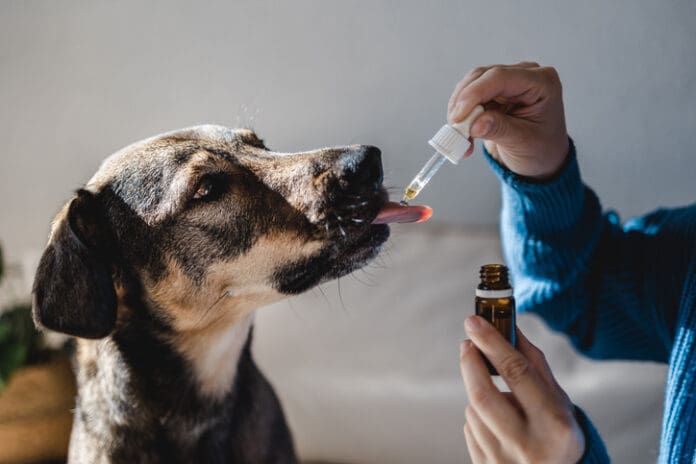Excerpted from How to Walk Your Dog by Pat Miller, CPDT and Mardi Richmond, MA, CPDT-KA
Walking is one of the best forms of exercise there is, but for workout walks to be a fitness building experience, you will need to do more than just a regular walk at your regular pace. As with any workout, aiming for a variety of aerobic activity, some strength building, and some flexibility exercises will give you a well-rounded fitness routine.
Keep in mind that most health experts recommend that we exercise at a moderate intensity. What does that mean? For the human half of the team, a good rule of thumb is that if you can talk while you walk, you are moving at about the right pace. However, each of us is an individual, so you may want to talk with your health care provider or fitness trainer to develop your personal goals.
There are several strategies for turning a basic dog walk into a fitness-building workout. A great idea is to vary your approach and try for one or more of the below suggestions on different days of the week.
(1) Step up the pace. Perhaps this is obvious – but it is also one of the best strategies for building fitness. When you head out for a walk, warm up for the first 5 to 10 minutes, and then challenge yourself to move at a quicker pace than you normally would.
(2) Go long. Increasing distance is another great strategy. Make some days your long walk days, and increase your normal distance or time.
(3) Try intervals. Interval training is when you take small chunks of time – say 30 seconds to several minutes – and work out at a higher intensity, followed by a rest cycle. So, for example, on a walk, you could walk fast or even jog for one block getting your heart rate up, and the next two blocks walk at a normal speed to let your heart rate recover (go back to normal).
(4) Climb to new heights. Walking hills (assuming your knees and back can handle it!) are a great way to add difficulty to your workout and also some strength training for your legs.
While out on your walk, at a park or other quiet location, give your dog a sniff break or ask for a stay while you do some calisthenics, stretching or strength building exercises. Try squats, lunges, calf-raises. Add in some vertical pushups off of a building or pole and some leg-lifts and tricep dips on a park bench for a full body workout.
These are tips that will get both you and your dog moving in a fitness direction, but it may not sound like much fun for your canine pal. In order to make it a positive experience for you both, add in some fun time. For more tips on turning your dog into a more pleasant walking companion, check out Whole Dog Journal’s How to Walk Your Dog ebook.





